Board index ‹ FlightGear ‹ Media
FG Shuttle: Triple Engine Failure and High Energy Gander TAL
17 posts
• Page 2 of 2 • 1, 2
Re: FG Shuttle: Triple Engine Failure and High Energy Gander
Found it: --prop:/sim/config/shuttle/mdu-groups=1 ! Thanks !
Cessna 210 (Wiki)
My other aircraft: my wiki profile !
Other: FGTools (GitHub)
World tour: View on SkyVector
Please consider donating $1 / €1 to help me finance a new camera !
My other aircraft: my wiki profile !
Other: FGTools (GitHub)
World tour: View on SkyVector
Please consider donating $1 / €1 to help me finance a new camera !
-

TheEagle - Posts: 3433
- Joined: Sat May 01, 2021 3:27 pm
- Location: France
- Pronouns: You, he
- Callsign: F-EAGLE
- IRC name: none
- Version: Git next
- OS: Ubuntu Studio 22.04
Re: FG Shuttle: Triple Engine Failure and High Energy Gander
Quick update on this special procedure that still fascinates me.
I tried another one with the guidance and flight model improvements that have been made since 2019.
That does work even better with just a few manual inputs as specified in the High Energy TAL Gander procedure.
Manual pitch to 55° of AOA during the first part of abort.


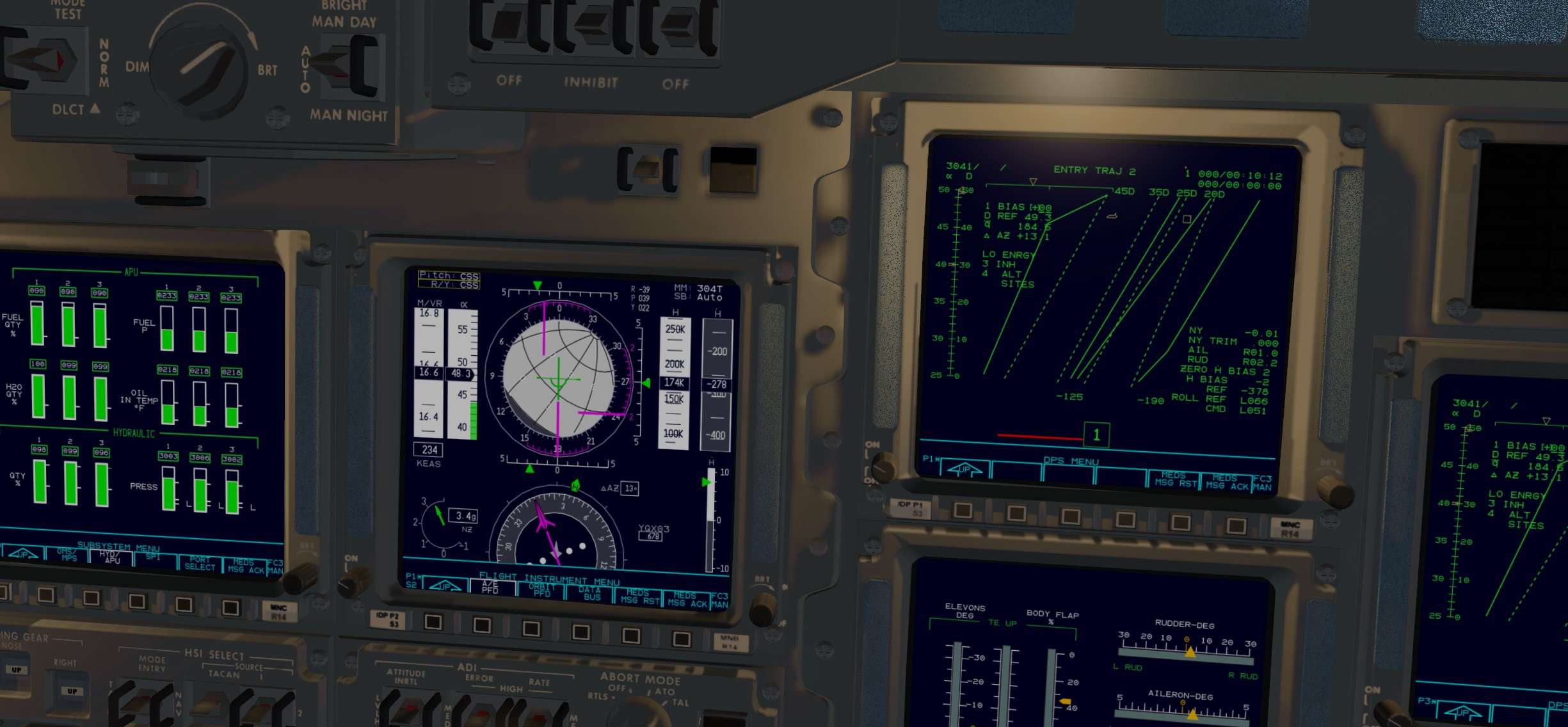

Back on trajectory with Nominal guidance, great !!!
Even easier than before
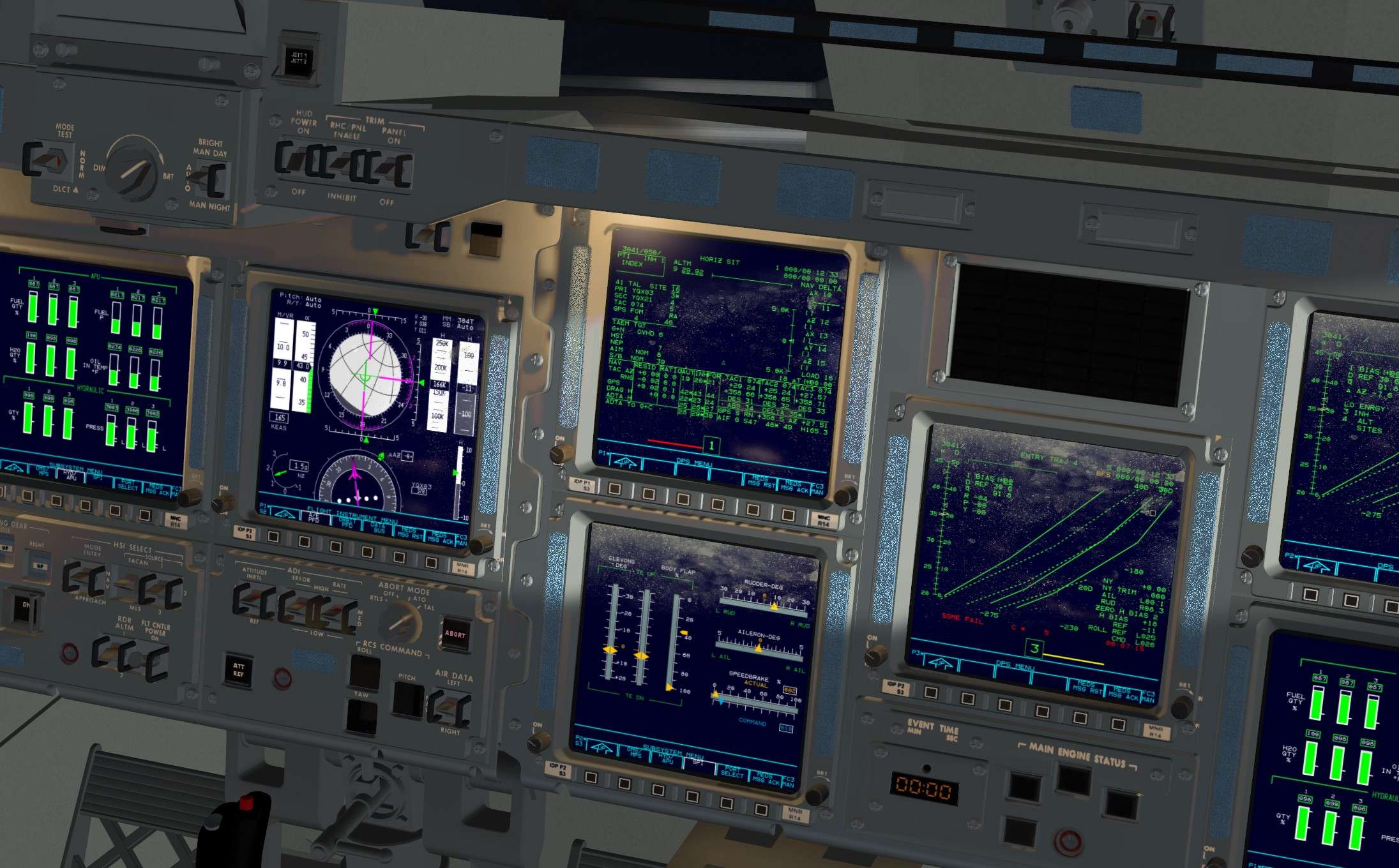
Probes out at Mach 5
Mission Specialist view
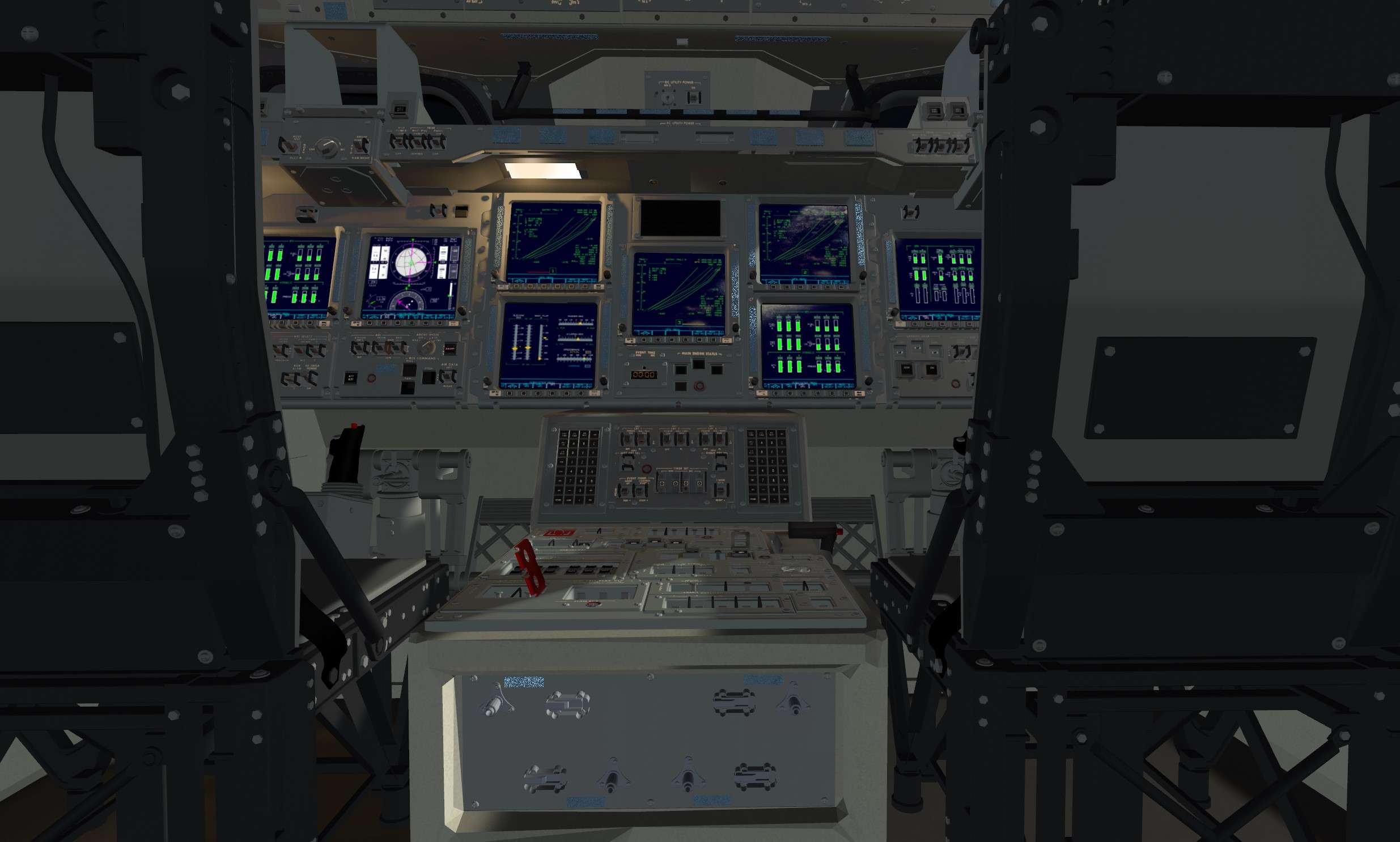
Canada in sight!
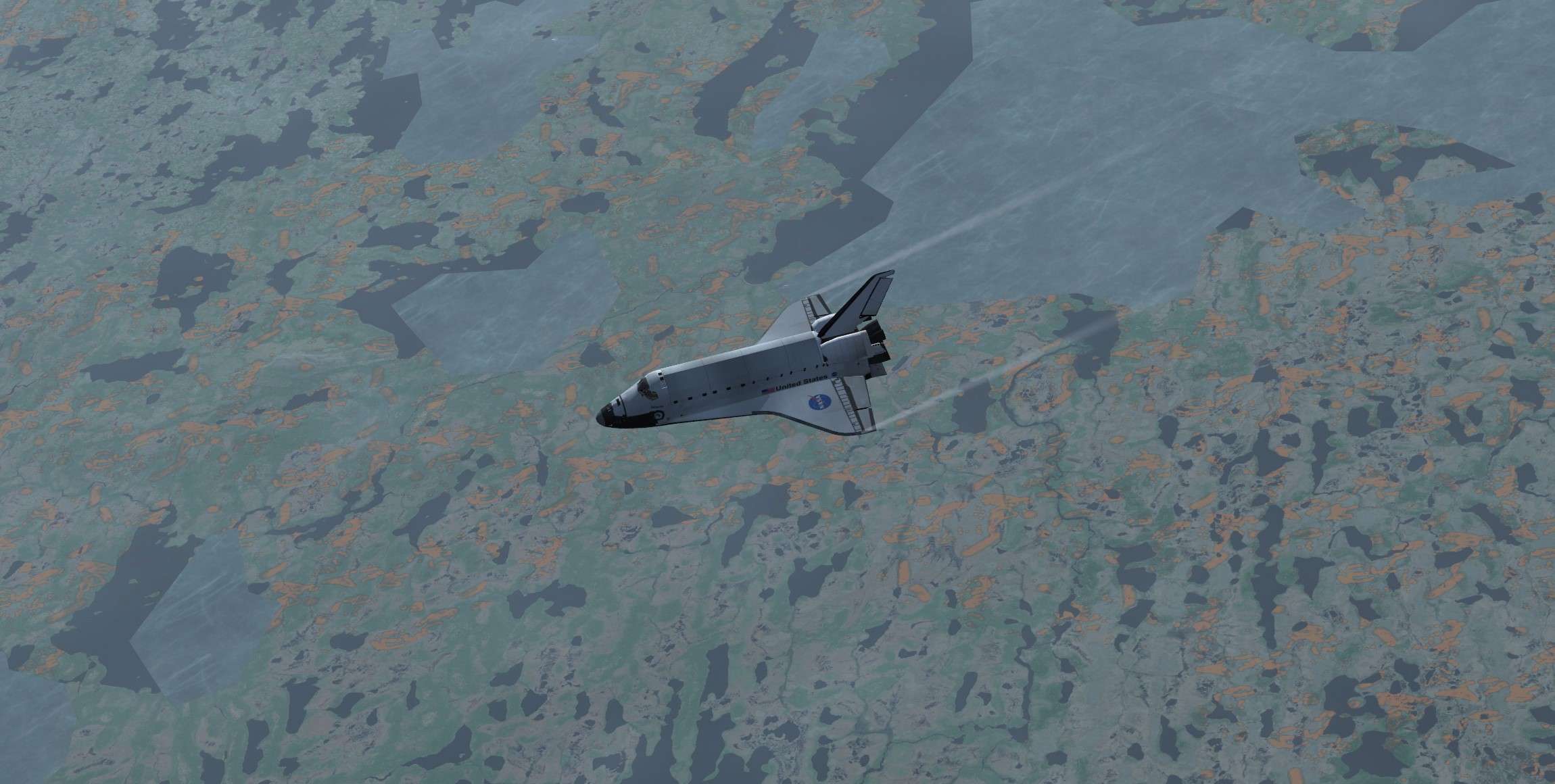
On path at TAEM interface.
Straigh-In downgrade though.
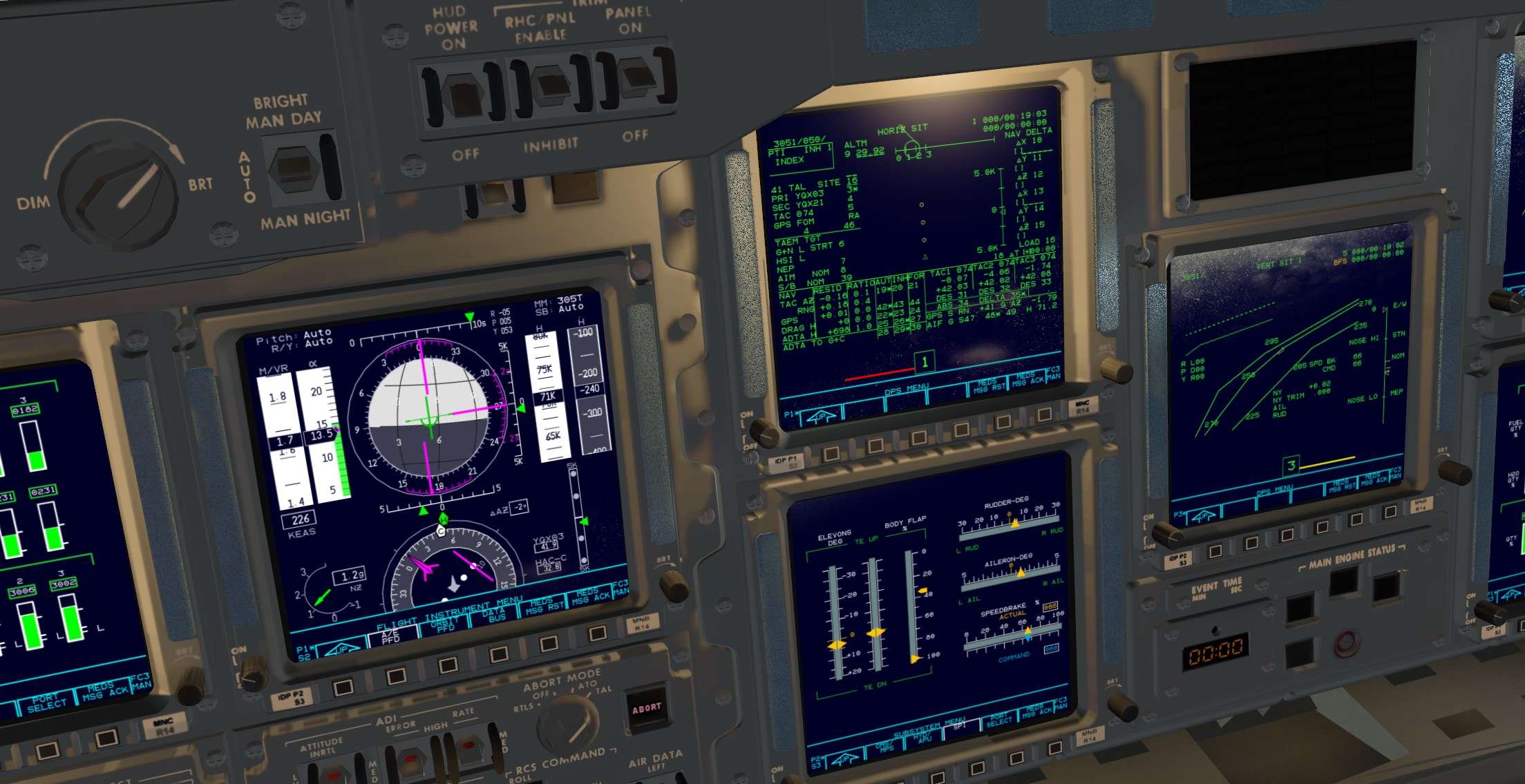
HAC time for Runway 03
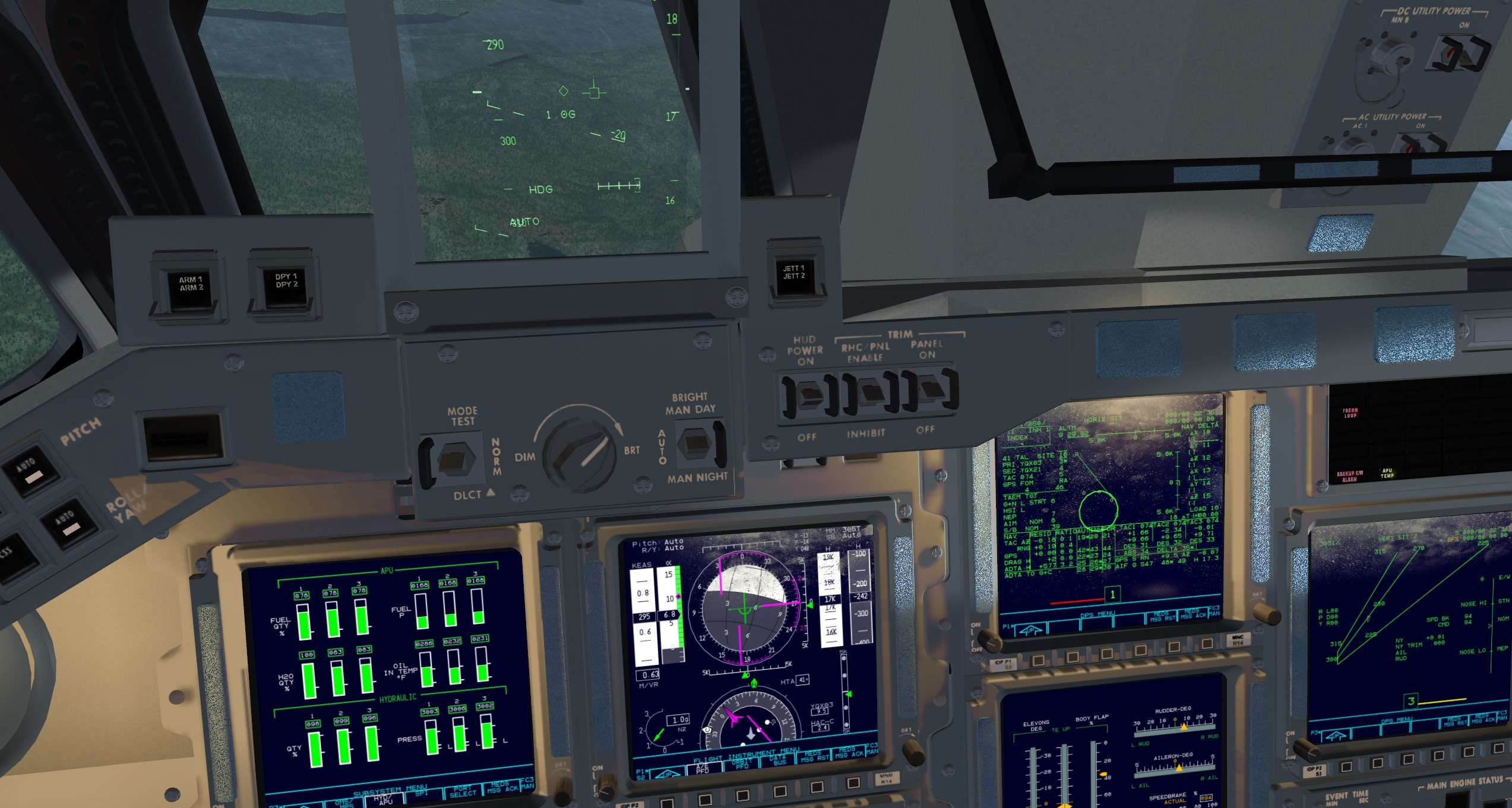
Final over the trees.
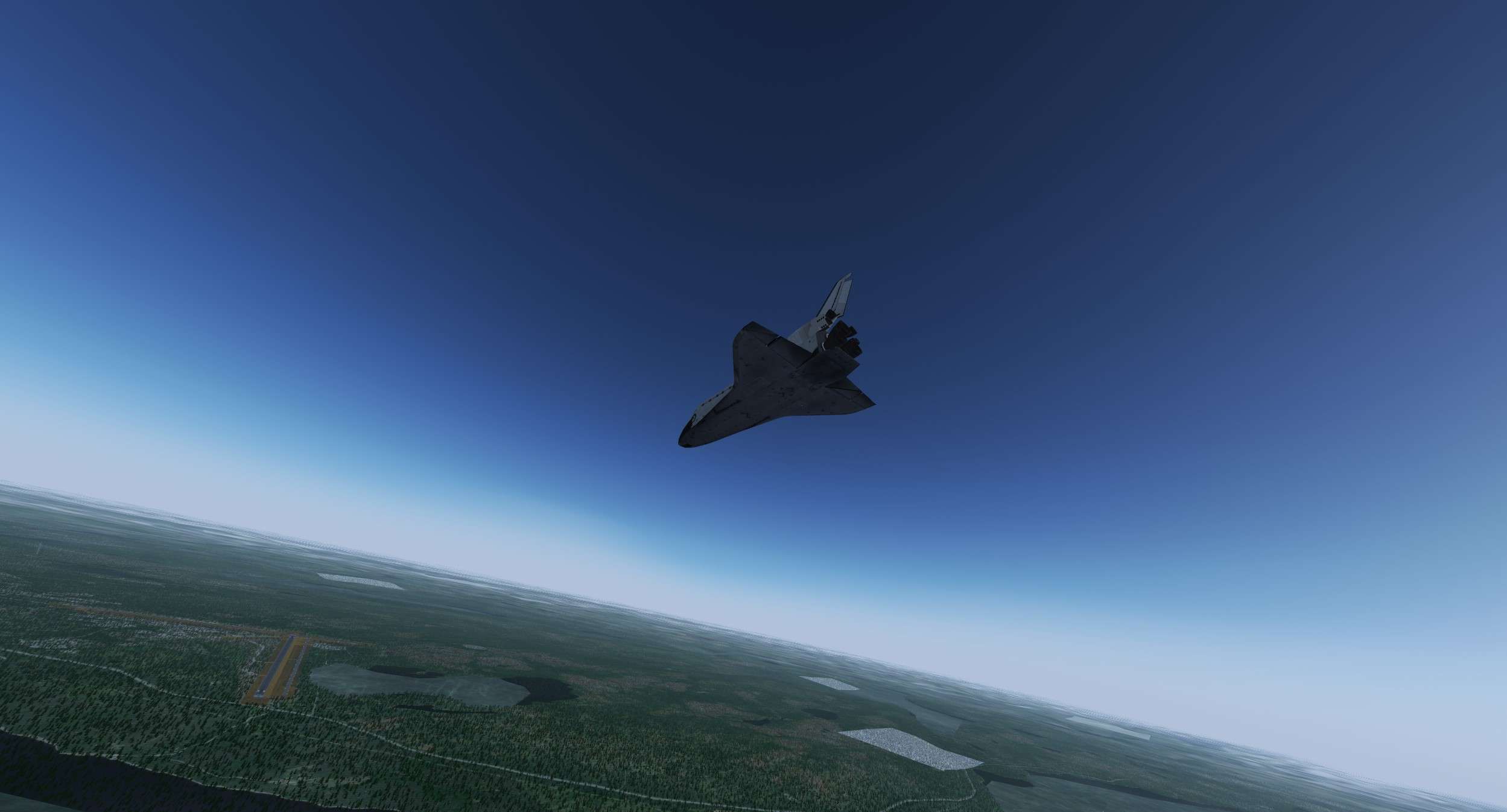
Autumn vibe
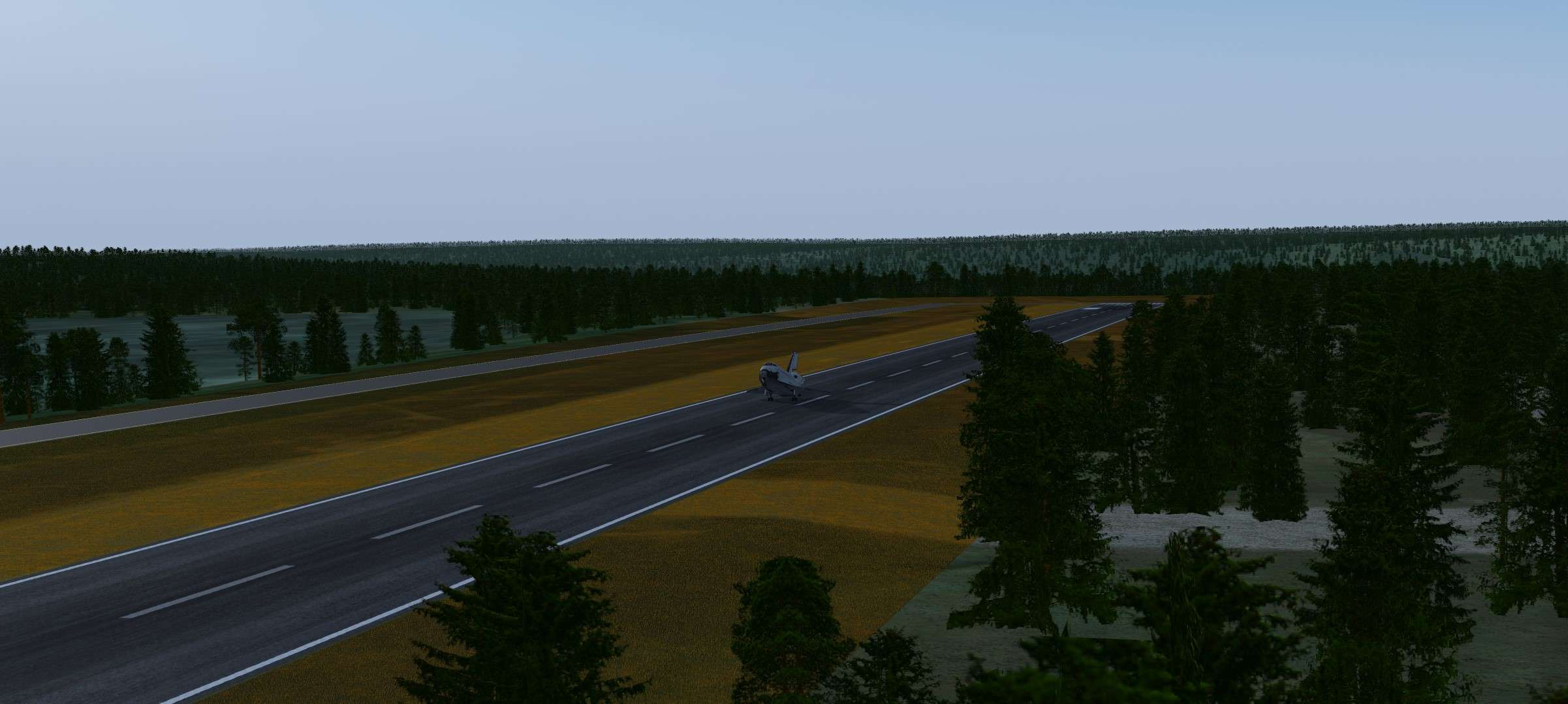
Really grate to come back to those complicated abort.
Good stress test !
Still in love with the Shuttle.
I tried another one with the guidance and flight model improvements that have been made since 2019.
That does work even better with just a few manual inputs as specified in the High Energy TAL Gander procedure.
We are high on energy. A normal AP entry will not be enough to bring us safely at destination ( though for speed around 21 kft/s, AP is working pretty well at dissipating energy)
Idea here will be to fly manually the Entry with CSS and to take a higher than usual Angle of Attack with no bank at first ( 50 ° for us as we are below 19.9 kft/s of Earth Relative Speed)
This higher than usual AOA will dissipate quicker the high energy situation.
Vertical speed is usually between 1000 and 2000 ft/s for the first pullout
Manual pitch to 55° of AOA during the first part of abort.


We are still way above the profil and far right from Gander.
Vertical Speed is decreasing. Time now to bank to catch a specific descent rate and to decrease our Delta Azimuth with the field
When vertical speed reaches -800 fps, we roll the vehicle left towards Gander with the same AOA of 50 ° initially.
Then we hold 3 G's ( -350 fps roughly of vertical speed)
That is why AP can't really properly fly it for really high energy situations ( max G's for nominal ops is 2.5)
We have to stay below 3.5 G's. So manual skill will require there to play with angle of attack and bank to control the catch up rate and the G number ( linked to the vertical speed)
Basically, we hold 70 to 80 ° of bank towards Gander and we slowly decrease the angle of attack to maintain 3 G's ( pull on the stick to decrease the load factor and vice versa)
But if we decrease it too much, it will produce a too high thermal stress on the Orbiter. A kind of win-win situation with life in the loop.
So it would have require in real an excellent coordination within the cockpit to stay within that thin layer of acceptable parameters ( G below 3.5, Nose Temp below 3000 °F and EAS below 470 kt)
Here in game, -800 ft/s and increasing, bank to the left, 3 G holding by decreasing AOA.

Back to our entry.
Once the Orbiter is reaching a Nominal entry path ( back on the curve), we can switch the AP back to ON.
The high energy state is dissipated, and AP can fly the rest of the entry nominally now.
It can happen anywhere from Entry Traj 2 to Entry traj 4 for the highest MECO velocities ( 22 kft/s)

Back on trajectory with Nominal guidance, great !!!
Even easier than before

Probes out at Mach 5
Mission Specialist view

Canada in sight!

On path at TAEM interface.
Straigh-In downgrade though.

HAC time for Runway 03

Final over the trees.

Autumn vibe

Really grate to come back to those complicated abort.
Good stress test !
Still in love with the Shuttle.
- GinGin
- Posts: 1580
- Joined: Wed Jul 05, 2017 11:41 am
- Location: Paris
- Callsign: Gingin
17 posts
• Page 2 of 2 • 1, 2
Who is online
Users browsing this forum: No registered users and 3 guests